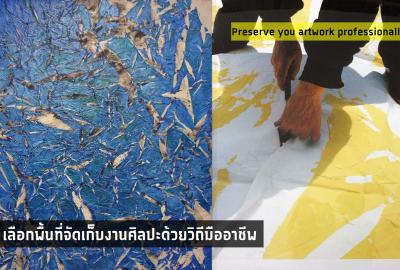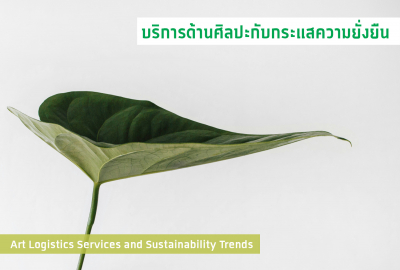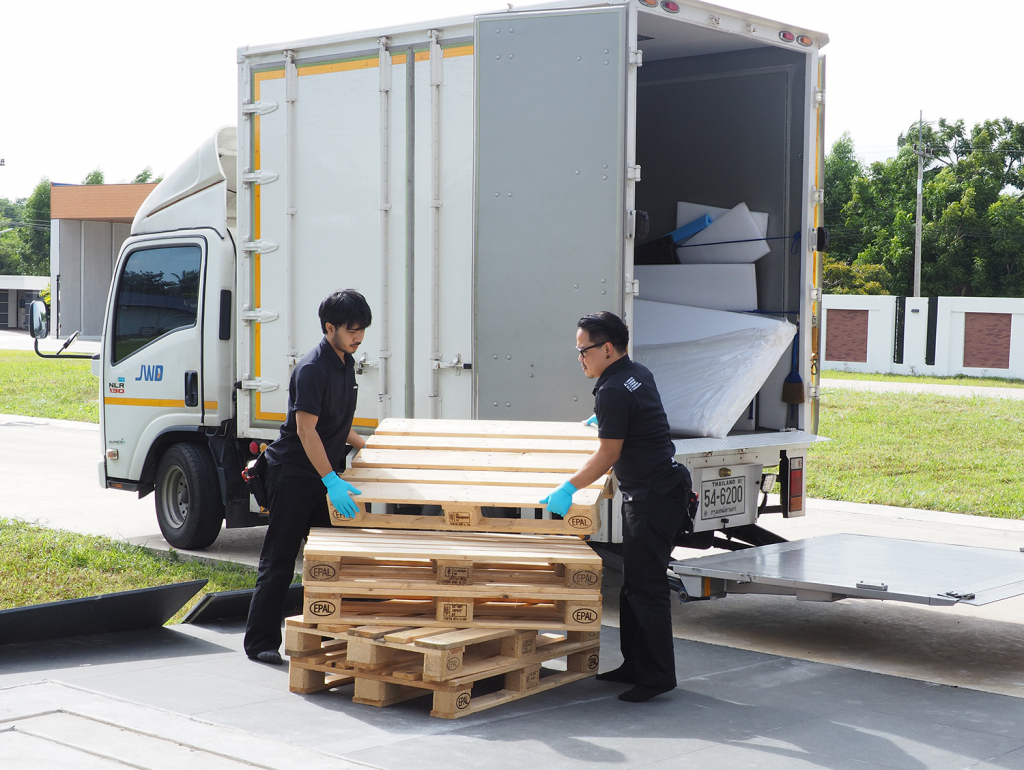
The Value of Art Insurance
Art insurance is not just for collectors, or institute, but it is also a strategic decision based on an artwork’s value, and potential risks.
Owning art, whether as a collector, institution, or organization, a loan for exhibitions, it always come with inherent risks, especially when artworks are exhibited, transported, or stored in specialized rental spaces. These risks fluctuate based on environmental factors, making art insurance an essential safeguard. Unlike general insurance, art insurance offers specialized coverage that includes protection during transportation, storage, and exhibitions, ensuring the value of an artwork is preserved, particularly for high-value or difficult-to-assess pieces. But when is art insurance truly necessary? Here are three key checklists to help you make an easier decision
1. Valuable and Irreplaceable
Some artworks command high prices due to market timing or the artist’s rising reputation. As an artist reaches new heights, their works can hit luxury-tier valuations. If your collection includes rare or high-value pieces, this makes them vulnerable to risks such as theft or damage that is difficult, or even impossible to repair. Therefore, art insurance becomes a critical layer of protection.
2. Like a Growth Stock
Certain artworks and artists experience rapid appreciation, we can see them as an “opportunistic growth and expansion”, much like growth stocks. This can be due to increasing demand, market trends, or unseen catalysts. As a result, these works are often in motion—being transported, exhibited, traded, or loaned. Each movement increases exposure to risks, making insurance a wise consideration for collectors and institutions handling actively circulating art.
3. Frequent Movement Increases Risk
Some artworks are inherently fragile or frequently moved between locations, making them highly susceptible to damage. In such cases, claims arise because of damage during transit. Many collectors see an opportunity to lend their pieces to galleries, museums, or organizations to enhance their artwork’s visibility and value. However, constant transit heightens risks such as loss, theft, and transit-related damage.
In addition to these three recommendations, other factors should also be considered when insuring artwork, depending on suitability and budget. A key recommendation is to invest appropriately in security, as some works of art cannot be replaced or reproduced. Prevention is always better than cure, helping to save both time and costs. If you need advice or a valuation appraisal, JWD Art Space is pleased to be your trusted advisor. Our comprehensive art services include art storage for all type and size, domestic and international transportation, art installation, and more. Offering the best and most worthwhile investment and art services for you. Contact for our specialists through various channel;
 Latest Articles
Latest Articles

Preserve Your Art Professionally
From the moment you buy an artwork, its countdown begins. As you store your art ...

Modern Eden
“Actually you are a monkey, and love has no gender.” This is one of ...

Art Logistics Services and Sustainability Trends
The trend of environmental sustainability has been around for quite some time no...

Marriage Equality: A Choice for a New Society in the Same Old World
Love is boundless. In today’s world, love has become a catalyst for continuous s...
 My Cart
My Cart
